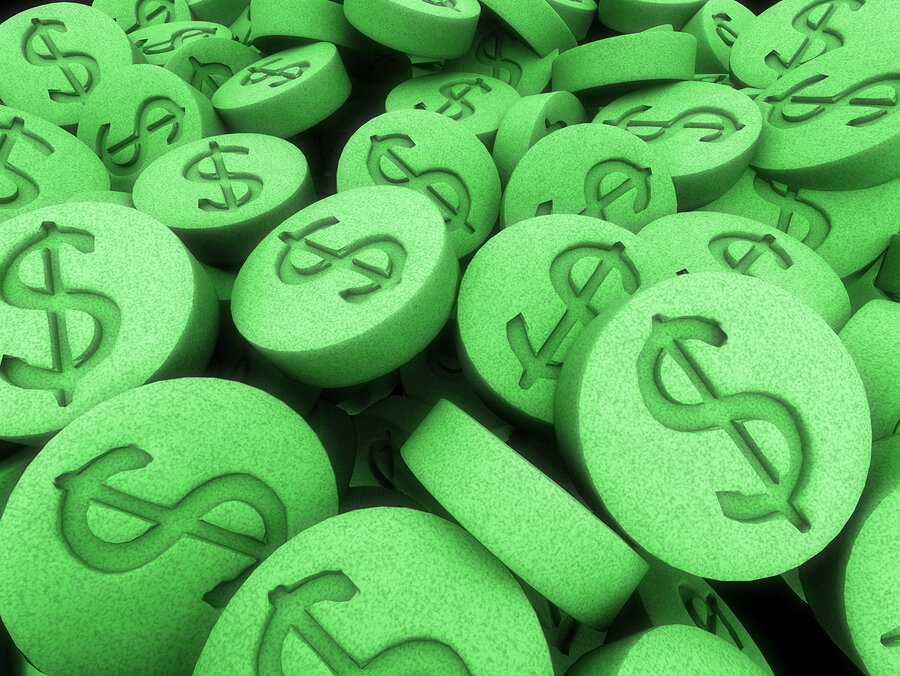Over 75% of MS Patients Face Financial Hardship
/By Pat Anson, PNN Editor
Over 75% of American adults with multiple sclerosis face financial toxicity or hardship that has forced them to cut spending on food, clothing and housing. Many have gone into debt or filed for bankruptcy, and over a third have delayed or stopped filling prescriptions because they can’t afford them.
The findings come from a survey of 243 multiple sclerosis (MS) patients conducted by the Harvey L. Neiman Health Policy Institute. The study is the first of its kind to evaluate how financial hardship is forcing MS patients to forego treatment and make drastic changes in their lifestyles and spending.
In recent years, the cost of prescriptions for many disease-modifying MS drugs has nearly tripled to about $76,000 a year. While insurance pays for most of it, many patients are overwhelmed by deductibles and other out-of-pocket expenses. The lifetime cost of treating MS in the United States is estimated at over $4 million per patient.
“Over the last 20 years, higher out-of-pocket costs for advanced imaging tests and increased cost sharing have caused the financial burdens on MS patients to escalate. Among medically bankrupt families, MS is associated with the highest total out of-pocket expenditures exceeding those of cancer patients,” said lead author Gelareh Sadigh, MD, an assistant radiology professor at Emory University School of Medicine.
“Our study results demonstrate the high prevalence of financial toxicity for MS patients and the resulting decisions patients make that impact their health care and lifestyle.”
More Debt, Less Spending
The findings, published in the Multiple Sclerosis Journal, show that over half of MS patients (56%) reported decreases in their income due to disability, unemployment or retirement. To make ends meet, many cut spending on food and clothing (35%) and leisure activities (50%) or withdrew money from their savings (40%) and retirement accounts (15%). Others went into debt by borrowing money (19%) or charging their credit cards (30%).
Over a third of MS patients decided to forego some type of medical care or treatment, such as not filling a prescription (16%), skipping doses (13.5%) or stopped taking medication (13%).
“These data underscore the need for shared decision-making and an awareness of patient financial strain when planning treatment strategies,” said co-author and Neiman Institute researcher Richard Duszak, MD, a professor and vice chair for health policy at Emory University. “In addition to the impact on adherence, financial toxicity was associated with significantly lower physical health-related quality of life, demonstrating the broad consequences of treatment costs for many MS patients.”
MS is a chronic and progressive disease that attacks the body’s central nervous system, causing pain, numbness, difficulty walking, paralysis, loss of vision and fatigue. Disease modifying therapy (DMT) reduces the frequency and severity of MS flare-ups, but many patients can’t afford the drugs.
A 2019 survey by the National Multiple Sclerosis Society found that 40% of MS patients who take a DMT drug altered or stopped taking their medication due to the high cost. According to Healthcare Bluebook, a 30-day supply of a brand name DMT like Gilenya costs about $8,845, or over $106,000 a year.
Criticism of the high cost of MS drugs is growing. Last year when the FDA approved a new MS medication called Vumerity, drug maker Biogen set its wholesale price at $88,000 a year. That brought a rebuke from the National MS Society, which released a statement that accused Biogen of price gouging.





